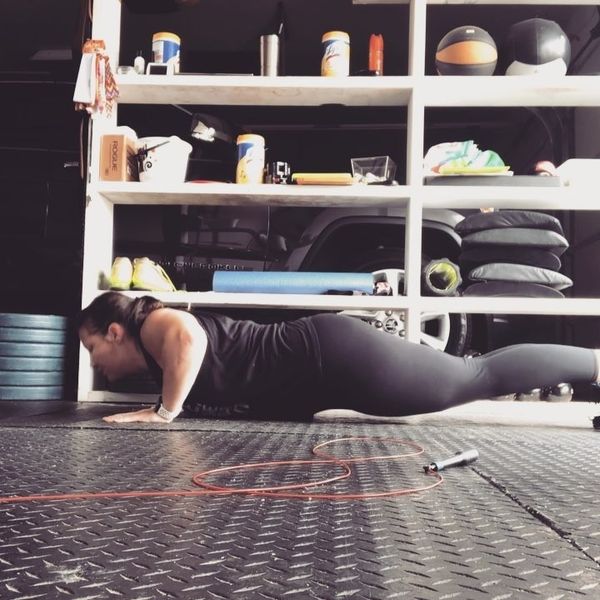Most of us have heard the phrase, “you are what you eat.” You probably haven’t morphed into a quesadilla or a plate of French fries (which would actually be kind of awesome), but this statement still does ring true in a variety of ways. What you eat can affect many important things such as your productivity, longevity, and overall health. Bottom line is your diet can seriously impact your quality of life. So, what does the average public school student’s diet (read: quality of life) consist of?
According to a study published in the Journal of the American Dietetic Association, sixth graders in Franklin County, KY receive a significantly lower amount of nutrients (excluding iron) and energy from their school lunches than the recommended amounts of nutrient and energy intake per meal. Another study published in this journal has shown that children are consuming a large number of calories but most of these calories are useless in that they have little to no nutritional value. Not receiving appropriate amounts of nutrients can affect children in many ways, one of which is decreasing their productivity at school. The Harvard Business Review notes that what someone has for lunch can affect how well he or she performs at work or school for the rest of that day. High-fat foods like cheeseburgers and French fries do provide a lot of energy and calorie content, maybe a bit too much energy and calorie content. High-fat foods are much more difficult for the digestive system to break down. Therefore, oxygen content and the body’s energetic efforts are focused on the digestive system rather than in the brain. This causes students to have a “groggy” feeling, making it difficult for them to concentrate in class and be academically productive. Even more importantly, low-nutrient and high-fat diets put children at a greater risk for threatening health conditions like obesity. According to the Centers for Disease Control and Prevention (CDC), about one in five children between the ages 6-19 suffer from obesity. Of course, factors aside from school lunches also contribute to this staggering statistic, but unhealthy school lunches certainly do not help.
During the Obama administration, First Lady Michelle Obama worked towards creating and enforcing stricter nutritional guidelines for school lunches in an effort to fight childhood obesity. In May 2017, the Trump administration reduced most of these stringent guidelines, claiming that children were not eating the healthier lunches. If this claim is true, this only shows how deeply ingrained unhealthy eating is in the minds and habits of our children. Setting strict nutritional guidelines for school lunches sets a good example for children and promotes the health of our children, but if children are refusing to eat these lunches, this completely defeats the purpose of the guidelines. So how exactly can we get kids to eat healthier? According to CNN, investing in a professional chef to craft delicious and healthy meals for kids might not be such a bad idea. This is understandably not feasible for many public schools located in poorer areas unless they can receive help from federal or state governments to cover the funds. Increasing funding for public education (read: increasing burden on the taxpayer) is always a controversial topic of conversation, but I sincerely believe that investing in the health and future of our children is worth it. Ensuring that all children in the public school system have access to quality meals that they will actually enjoy is worth it to me. K-12 aged children are at critical points in their lives where they are beginning to form habits, and having a positive outlook on healthy eating will encourage better eating habits in adulthood. Children really are our future, so let’s feed them something a little more valuable than a $2 cheeseburger.



















